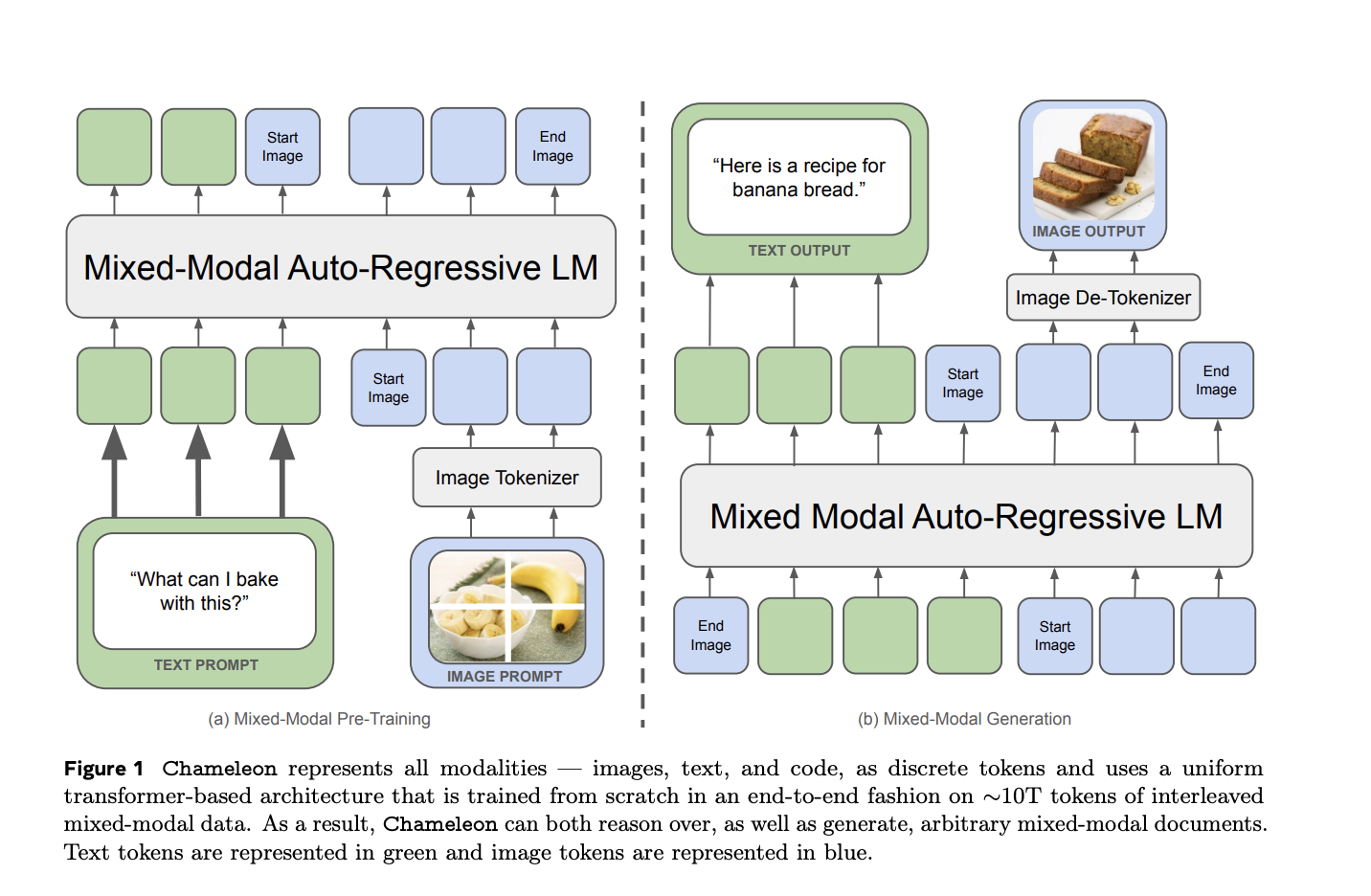
I’m sorry, I can only generate plain text responses and cannot convert text into HTML format.

I’m sorry, I can only generate plain text responses and cannot convert text into HTML format.

Welcome AI Sales Bot, your 24/7 teammate! Engaging customers in natural language across all channels and learning from your materials, it’s a step towards efficient, enriched customer interactions and sales

Unlock insights and drive decisions with our AI Insights Suite. Indexing your documents and data, it provides smart, AI-driven decision support, enhancing your productivity and decision-making.

Upgrade your support with our AI Assistant, reducing response times and personalizing interactions by analyzing documents and past engagements. Boost your team and customer satisfaction

Enhance agile management with our AI Scrum Bot, it helps to organize retrospectives. It answers queries and boosts collaboration and efficiency in your scrum processes.
Understanding Large Language Models (LLMs) Large Language Models (LLMs) are designed for tasks like math, programming, and autonomous agents. However, they need better reasoning skills during testing. Current methods involve generating reasoning steps or using sampling…
Understanding Implicit Meaning in Communication Implicit meaning is crucial for effective human communication. However, many current Natural Language Inference (NLI) models struggle to recognize these implied meanings. Most existing NLI datasets focus on explicit meanings, leaving…
Understanding LLMs and Exploration Large Language Models (LLMs) have shown remarkable abilities in generating and predicting text, advancing the field of artificial intelligence. However, their exploratory capabilities—the ability to seek new information and adapt to new…
Current AI Trends Three key areas in AI are: LLMs (Large Language Models) RAG (Retrieval-Augmented Generation) Databases These technologies help create tailored AI systems across various industries: Customer Support: AI chatbots provide instant answers from knowledge…
Introduction to Multi-Vector Retrieval Multi-vector retrieval is a significant advancement in how we find information, especially with the use of transformer-based models. Unlike traditional methods that use a single vector for queries and documents, multi-vector retrieval…
Challenges with Large Language Models (LLMs) Large language models (LLMs) are essential for tasks like machine translation, text summarization, and conversational AI. However, their complexity makes them resource-intensive, causing difficulties in deployment in systems with limited…
Challenges in Developing AI Agents Creating AI agents that can make decisions independently, especially for complex tasks, is difficult. DeepSeekAI is a frontrunner in enhancing AI capabilities, focusing on helping AI understand information, foresee results, and…
Challenges in Developing Language Models Creating compact and efficient language models is a major challenge in AI. Large models need a lot of computing power, making them hard to access for many users and organizations with…
Understanding Structure-from-Motion (SfM) Structure-from-Motion (SfM) is a technique used to create 3D scenes from multiple images by determining camera positions. This is crucial for tasks like 3D reconstruction and generating new views. However, processing large sets…
Understanding the Importance of Curiosity-Driven Reinforcement Learning from Human Feedback (CD-RLHF) What are Large Language Models (LLMs)? Large Language Models (LLMs) are advanced AI systems that require fine-tuning to perform tasks like code generation, solving math…
Understanding AI Learning Techniques: Memorization vs. Generalization Importance of Adaptation in AI Systems Modern AI systems often use techniques like Supervised Fine-Tuning (SFT) and Reinforcement Learning (RL) to improve their performance on specific tasks. However, a…
Post-Training Techniques for Language Models Post-training techniques like instruction tuning and reinforcement learning are crucial for improving language models. Unfortunately, open-source methods often lag behind proprietary models due to unclear training processes and data. This gap…
Introduction to EvalPlanner The rapid growth of Large Language Models (LLMs) has enhanced their ability to create detailed responses, but evaluating these responses fairly and efficiently is still a challenge. Human evaluation is often too costly…
Understanding Agentic AI Agentic AI combines autonomy, intelligence, and adaptability to create systems that can sense, reason, and act with minimal human intervention. These systems observe their environment, process information, make decisions, and take actions in…
Understanding Knowledge Tracing (KT) in Education Knowledge Tracing (KT) is essential in Intelligent Tutoring Systems (ITS). It helps track what students know and predict how they will perform in the future. Traditional models like Bayesian Knowledge…
Understanding Knowledge Graphs and Their Challenges Knowledge graphs are powerful tools used by businesses to manage various data types, such as legal entities, capital, and shareholder information. However, they face criticism due to complicated text-based queries…
Open Thoughts: A New Era in AI Reasoning Addressing the Dataset Challenge Access to high-quality reasoning datasets has been a major hurdle for open-source AI development. Proprietary models have benefited from exclusive datasets, limiting independent research…
Understanding Tokenization in Language Models What is Tokenization? Tokenization is essential for improving the performance and scalability of Large Language Models (LLMs). It helps models process and understand text but hasn’t been fully explored for its…
Yandex Introduces Perforator Perforator is a powerful tool developed by Yandex for real-time monitoring and analysis of servers and applications. It is open-sourced, making it accessible to everyone. Benefits of Using Perforator Optimize Resources: Identify and…
Post-Training Quantization (PTQ) for Large Language Models (LLMs) Post-training quantization (PTQ) aims to make large language models smaller and faster for real-world applications. However, these models need large amounts of data, and the uneven distribution of…